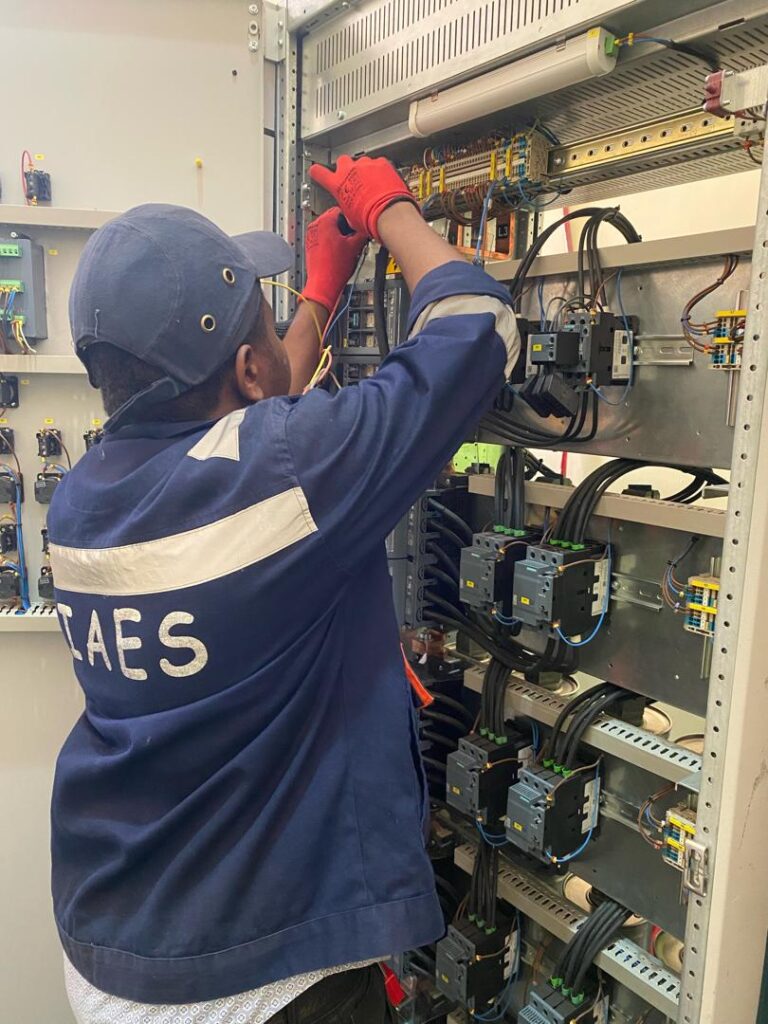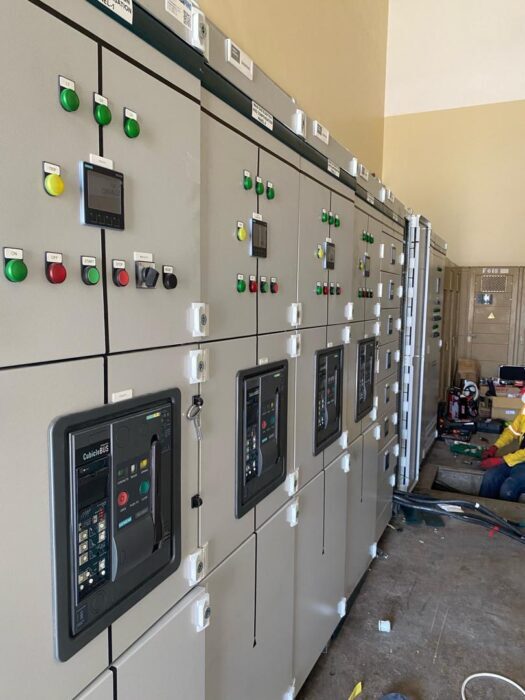Energy Distribution for Efficiency and High Availability
Electrical Loads Separation at Tanzania Cigarette Company/JTI
Modern businesses and industries are increasingly turning to innovative solutions to optimize their energy usage. At TCC plc, they approached this by segregating non-essential loads from essential ones. In this period of energy concerns in the country, TCC now ensures precise and effective allocation of resources for energy distribution, strengthening resilience while monitoring utilization.
They connected all of their loads in a single switchgear panel initially. All loads were connected to all power sources. while this was a simple setup, they immediately faced several issues. First, any interruptions and faults in the non-essential blocks would cause tripping of the breakers or shutdown of the generators. These interruptions caused shutdowns in the production line that would result in large downtimes, leading to huge operating costs.
Furthermore, the previous system made it hard to allocate power sources to the appropriate loads. They have four main power sources; 2 large LV gas generators, one MV generator, an 11kV utility supply and a Solar system. They wanted to use the solar and utility for the non-production area, with the gas generators for the production machines.
Most of the time, the generators powered the whole facility. Because of this, the solar system was never taking any of the plant loads. Therefore, the benefit of the solar system could not be realized.
This project involved implementing a switchgear system with four incomers, starting with evaluating the overall system to determine the load requirements. We designed single-line engineering drawings for the switchgear installation. We performed fabrications, and assembled, installed, and erected the switchgear. Then, according to the drawings, we disassembled the loads from the old switchgear and connected them to the installed switchgear.

The End Result
The resulting system separated the on-essential loads to utilize mainly utility and tied solar systems, with the optional backup of production generators. the panel also featured an integrated power factor controller, that maintains optimum power factor.
The new non-essential panel had an integrated switchover function, that ensured maximum power availability. We achieved this using a Siemens LOGO controller, Siemens Phase monitoring devices, and ACB incomer breakers.
As TCC Plc continues to innovate and evolve, it sets a benchmark for excellence in energy management, demonstrating its commitment to sustainability and responsible corporate stewardship.

